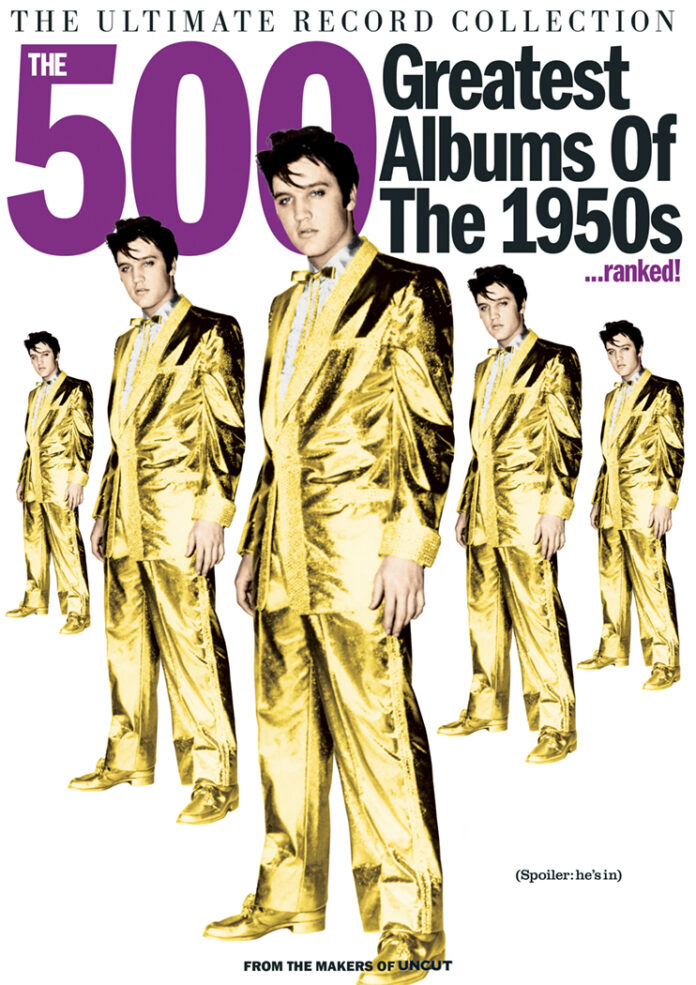“Before Elvis,” John Lennon famously said, describing the cultural landscape of the 1950s, “there was nothing.” And if you were a young aspiring musician looking for an escape from your suburban existence, then that must have been how the decade seemed. Post-war austerity. Scant television. “How Much Is That Doggie In The Window?” on the radio.
As you’ll read in this new magazine, though, if it felt like there was nothing before Elvis, there was plenty going on at around the same time. John might have inclined to Elvis, but alongside his explosion there was a volley of aftershocks: the riotous, controversial Little Richard (Paul’s favourite), Gene Vincent, Jerry Lee Lewis, and the influential Carl Perkins (who the Beatles covered three times). As the record business expanded operations to feed an insatiable demand for subversive rock ‘n’ roll, the 1950s initiated the practices which continue to serve it still: best ofs, singles collections, early works. The new “LP” (“long player”), a stable 10” or 12” plastic disc which could hold half an hour of music, was sufficiently robust to suggest the enduring quality of the music.
But if rock made the loudest noise, it didn’t tell the full story. Jazz labels such as Blue Note, in at the start of the medium, recorded countless mesmerising hours of historic music. At Chess, the electric blues recordings which the label had made with artists like Howlin’ Wolf, Muddy Waters, and Little Walter and released as 78s were now collated as essential LPs.. Documentary recordings of the world’s sounds performed a historic service.
Moses Asch at Folkways offered that, but also became a custodian of his own nation’s sound culture. Harry Smith’s Anthology of early 20th century recordings became a touchstone for the folk revival. Meanwhile, he released music discovered and recorded by folklorists in the mid-century in the United States, preserving the worlds unlocked by generational songs. If a song had travelled so far (let’s say from the British Isles) and survived this long down the centuries, then the least respect one might offer it would be to record it.
We are privileged to have an introductory interview with someone who was at the heart of it. Shirley Collins recorded two of her own albums with Alan Lomax in the UK. She also then travelled with him to the US for a field trip in the homes, churches and prisons of the south. What she and Lomax found there was outside the entertainment business, but it wasn’t nothing.
“When you get this real singing in the community, the voices bouncing off the mud floor, the rhythm and the harmonies, it’s so genuine,” Shirley tells us. “It’s not showing off, it’s very pure and moves you beyond anything.”
Enjoy the magazine. You can get one here.



